WILDER NATIVES
US NATIVES
These plants may not be native to New England, but they have roots in the US, usually in the Midwest prairie setting, or in the hills and valleys of the Appalachian spine.

Agastache foeniculum: Anise Hyssop
This 3-5’ tall sturdy Agastache is a delight to the senses in midsummer gardens. Clusters of anise-scented purple to lavender blooms are a favorite with pollinators, and silvery undersides of foliage flash in the breeze. These plants seem to bloom forever, and well into the fall, especially with some rough deadheading.
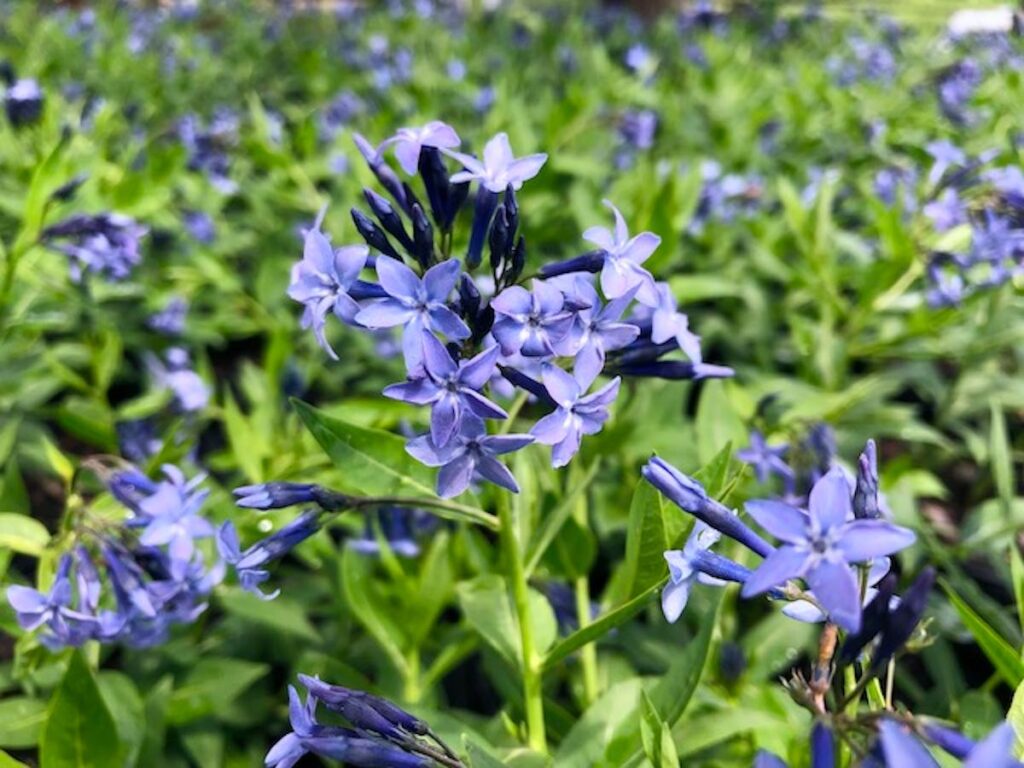
Amsonia tabernaemontana: Eastern Bluestar
Native to the central and southeastern US, eastern bluestar produces masses of light blue blooms in June which are favorites to hummingbirds, carpenter bees, hummingbird moths, butterflies. These plants play host to the coral hairstreak caterpillar as well. Bluestar is a clumping zone 4-9 perennial which gets better with age, reaching 4’ wide, and 2-3’ tall where happiest in full to part sun, and medium moisture.
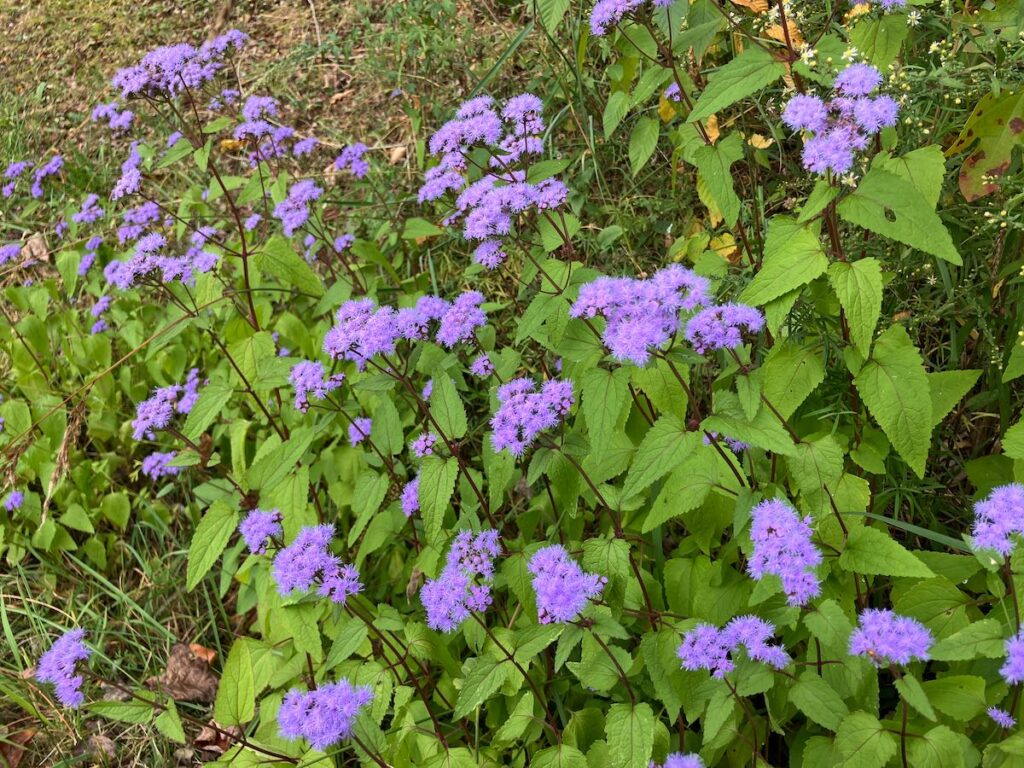
Conoclinium coelestinum: Mistflower
Formerly known as Eupatorium coelestinum, this profuse summer-bloomer is happiest in sun to part shade, in medium to moist soils. Its mid to late summer fuzzy purple bloom clusters feed all manner of insects. Mistflower is also host to the cyclamen moth, the lined ruby tiger moth, and the three-lined flower moth. Hardy in zones 5-9, its native range is the central and southeast US.
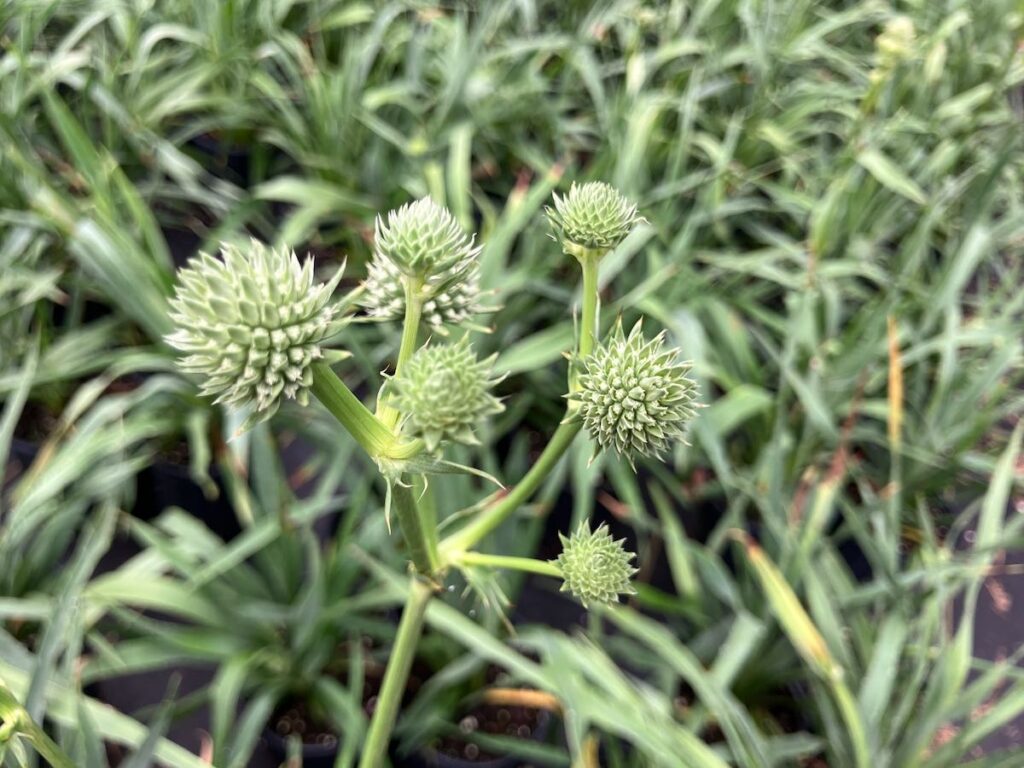
Eryngium yuccifolium: Rattlesnake Master
This textural plant sports sword-like foliage, and bristly green blooms to 4’ tall in summertime. Swallowtail butterfly caterpillars use it as a host plant, and other butterflies and bees enjoy nectaring here. Rattlesnake master got its name as European settlers mistakenly believed that native Americans used its roots as an antidote to rattlesnake venom. Deer and rabbits generally steer clear of this coarse plant.
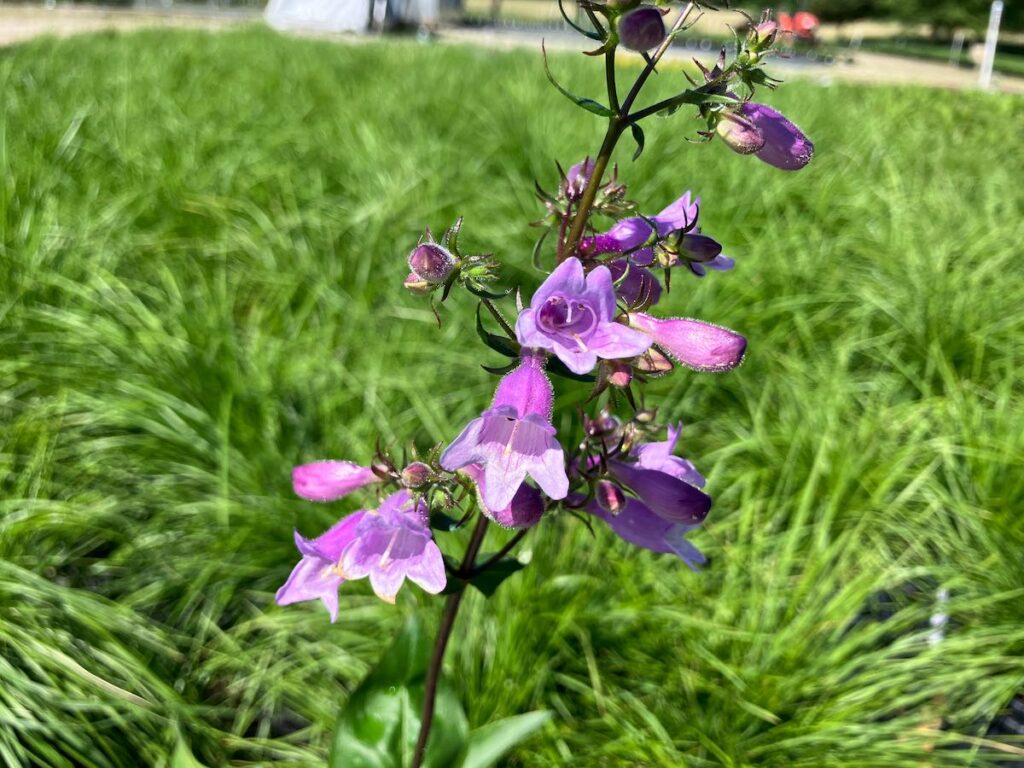
Penstemon calycosus: Calico Beardtongue
Native to much of the eastern US, calico beardtongue features tubular blooms ranging from whites to lavenders to rich aubergine. Plants reach 2-3’ tall, and tolerate more shade than other Penstemons, making them perfect for the dappled part shade garden. A favorite with long-tongued bees, bumblebees, mason bees, and honeybees. Considered deer and rabbit resistant.
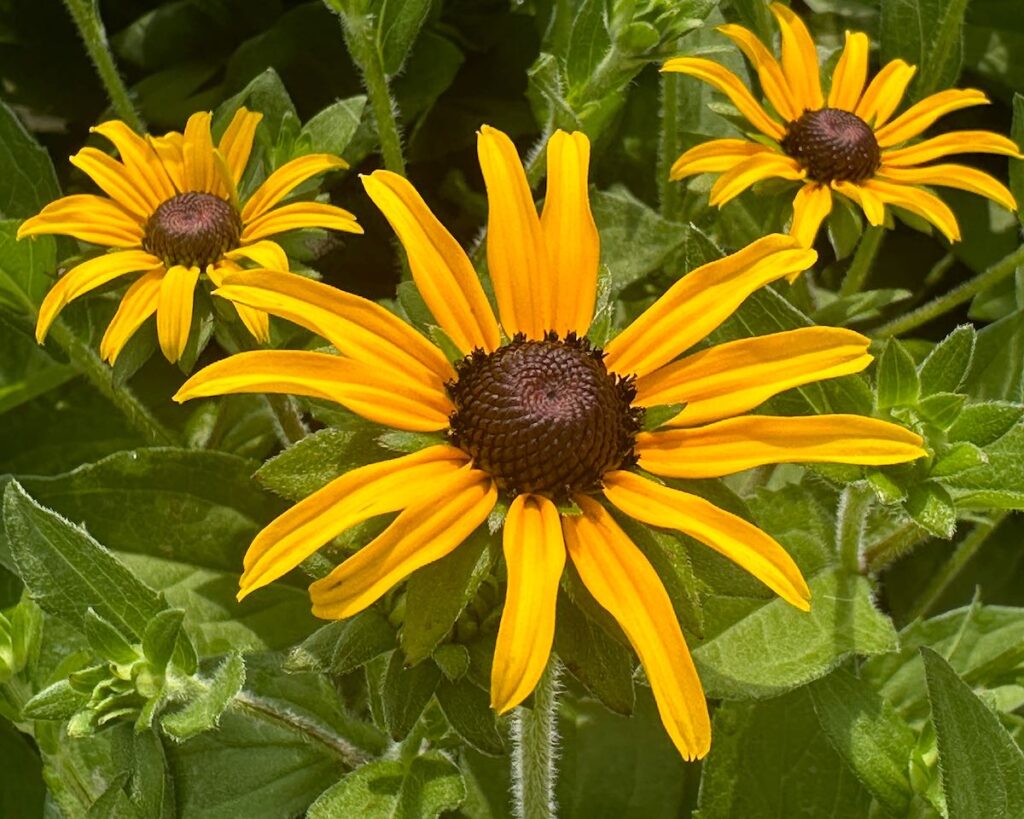
Rudbeckia fulgida v. deamii: Deam’s Black-Eyed Susan
Naturally-occurring selection from the Midwest US, these plants are prized for disease resistance (they don’t get that nasty black spot that R. Goldsturm might), and masses of 2-3” wide golden rayflowers in summertime. Plants reach 2-3’ tall and wide, and drive goldfinches and other seed-eaters wild in the fall and winter. Try ‘em, you’ll like ‘em too!
